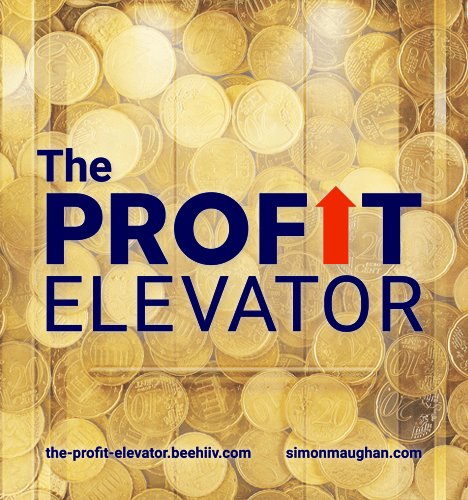
Deciding to Do Less
The most effective sales technique I introduced at OTAS Technologies was to handover control to clients.
We sold an intricate software platform with the capacity to improve investors’ decision making. It consisted of eleven metrics for thousands of companies trading on stock markets worldwide. Some metrics were better known than others, but all used statistical techniques that required explaining.
Investors aren’t the best people to tell you are improving their decision making. It takes ego to manage other people’s money for profit. You must believe in your system to beat the market and prove it works. The odds are against success.
OTAS was housed in a brokerage. The owner thought the system would sell for millions to hedge funds searching for an edge. But hedge funds have a system and use it to raise money. If they change how they invest their clients would quit.
We settled on pitching the product as information. Every fund manager has a favourite metric or two and our platform carried them all. The right strategy was to sell managers a one-click way to do what took them hours. Any additional insights we supplied were a bonus. But still something was missing.
OTAS had account managers who were expert at showing the system. They did their homework and knew the companies managers cared about. Then they glided through screens showing unusual circumstances and presenting money making opportunities.
The next step was a trial. It’s standard practice to try before you buy in equity investing. Everyone took a trial after the convincing demonstrations. But thereafter conversions were low.
The managers were unable to replicate the smooth demonstrations. They forgot the click sequence, which charts showed what, and struggled to find opportunities amid thousands of stocks. After a while they stopped opening the software.
The account managers provided training. They repeated the demonstrations focusing on a few features. They configured the platform to highlight what mattered most. Trial conversion edged up a touch.
Then I suggested we handover control of the mouse. Let the managers play with the system during demos and training. When they asked questions it was important not to takeover and find the answer for them. Meetings took longer but were much more effective.
The account managers had to be comfortable sitting in silence as potential clients clicked away. Observing people using the platform provided valuable insights. No matter how well you design workflows, clients do what suits them best.
Trial conversion rates rose to five points higher than the fintech average of 19.7%1.
A Tennis Lesson
In 1972 Timothy Gallwey authored The Inner Game of Tennis. It has never been out of print and legends such as American Footballer Tom Brady credit the book with helping them stay calm.
Gallwey figured out that if he instructed charges to hit backhands they got better. If he interrupted and corrected each phase of the shot they did not. His big idea is to get out of your own way. He applied his technique to successful music coaching despite not being musical himself.
Repeatedly hitting the shot develops muscle memory. Moving the mouse was the equivalent among OTAS trial clients. The result was increased conversion and renewals.
We buy what is familiar. For fund managers this means an outcome they understood with a workflow they figured out. The sense of achievement in achieving results increased the attachment to the product.
There is a lot of noise around trials and freemium versions in SaaS. They are effective the more features a product has, the greater the potential value of the outcome and the more expensive the offer. They work because of the familiarity, muscle memory and sense of ownership the client builds before buying.
Questions to Ask
How intuitive is my product?
How much training and practice do users need?
How can I design systems to ensure users teach themselves?
I’m Simon Maughan and I write The Profit Elevator as a guide for B2B firms seeking faster growth. Demos and training are part of The Streamlined Selling System in The P.R.O.F.I.T. Through Process Planner.
If you’d like to know more about how to demonstrate during the sales process please reply to this email. If you found this letter valuable, please share it with a friend and with a colleague.
1 Source: First Page Sage

